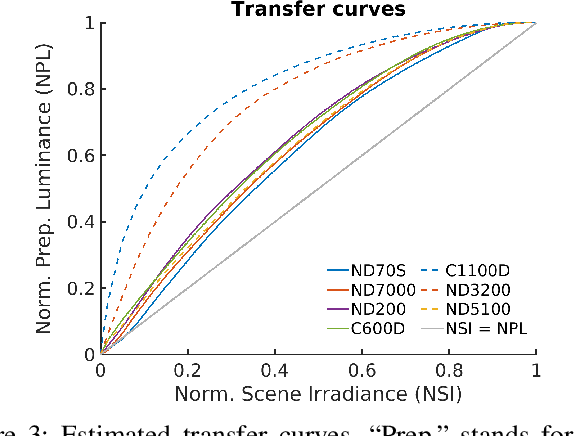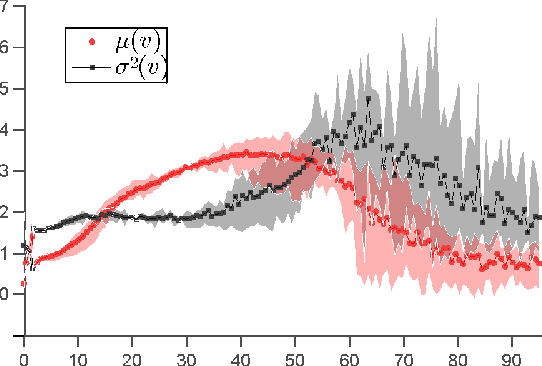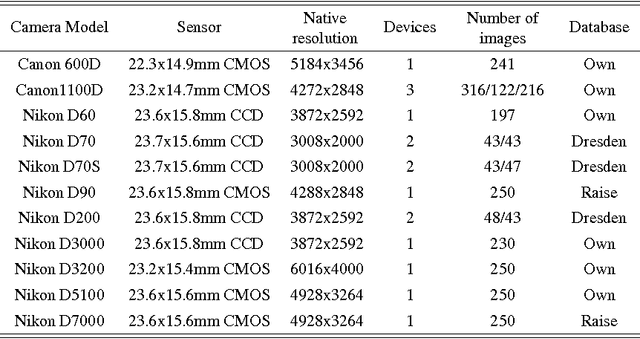Miguel Masciopinto
PRNU Emphasis: a Generalization of the Multiplicative Model
Feb 24, 2022



Abstract:The photoresponse non-uniformity (PRNU) is a camera-specific pattern, widely adopted to solve multimedia forensics problems such as device identification or forgery detection. The theoretical analysis of this fingerprint customarily relies on a multiplicative model for the denoising residuals. This setup assumes that the nonlinear mapping from the scene irradiance to the preprocessed luminance, that is, the composition of the Camera Response Function (CRF) with the optical and digital preprocessing pipelines, is a gamma correction. Yet, this assumption seldom holds in practice. In this letter, we improve the multiplicative model by including the influence of this nonlinear mapping on the denoising residuals. We also propose a method to estimate this effect. Results evidence that the response of typical cameras deviates from a gamma correction. Experimental device identification with our model increases the TPR by a $4.93\, \%$ on average for a fixed FPR of $0.01$.
Fast sequential forensic camera identification
Oct 13, 2015



Abstract:Two sequential camera source identification methods are proposed. Sequential tests implement a log-likelihood ratio test in an incremental way, thus enabling a reliable decision with a minimal number of observations. One of our methods adapts Goljan et al.'s to sequential operation. The second, which offers better performance in terms of error probabilities and average number of test observations, is based on treating the alternative hypothesis as a doubly stochastic model. We also discuss how the standard sequential test can be corrected to account for the event of weak fingerprints. Finally, we validate the goodness of our methods with experiments.
 Add to Chrome
Add to Chrome Add to Firefox
Add to Firefox Add to Edge
Add to Edge